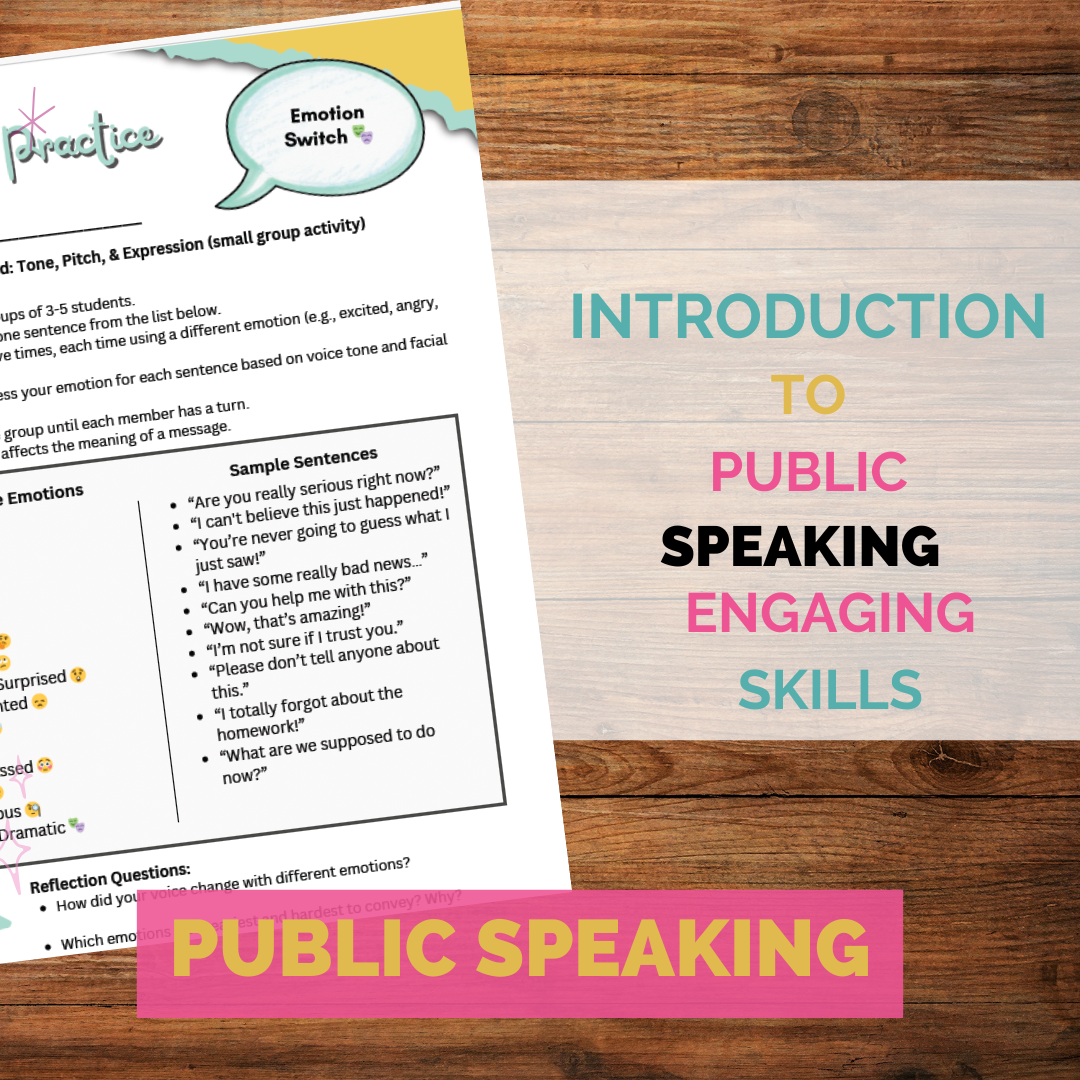
A strong beats system can transform your journalism class and ensure you’re effectively covering a balanced and diverse section of your school community. After implementing this approach in my own classroom, I’ve seen firsthand how it can elevate the quality of our student newspaper and provide richer, more inclusive content for our readers.
What Is a Beats System?
For those who might be new to the concept, a beats system assigns specific topics or areas (beats) to individual students or small teams. These beats can range from sports and arts to student life and local events. The idea is to give students focused responsibility over particular subjects, allowing them to develop expertise and build relationships with sources in their assigned areas.
Why a Beats System Matters
Implementing a beats system in your journalism class offers numerous benefits:
- Balanced Coverage: With dedicated beats, you can ensure that all areas of the school community are covered. This prevents your publication from becoming too focused on a few popular topics while neglecting others.
- In-Depth Reporting: When students are responsible for specific beats, they can delve deeper into their subjects, resulting in more thorough and insightful reporting.
- Source Building: Students can build stronger relationships with sources, leading to better interviews and more reliable information.
- Skill Development: Covering a beat allows students to develop specialized skills and knowledge, making them more versatile and capable journalists.
Setting Up Your Beats System
Here’s how I set up a successful beats system in my classroom:
Identify Beats: Start by brainstorming a list of potential beats. Consider all aspects of school life—academics, sports, clubs, arts, administration, student government, community events, and more. Make sure to include diverse and sometimes overlooked areas to ensure balanced coverage.
Assign Beats: Once you have your list, assign beats to students based on their interests and strengths. This not only keeps them engaged but also ensures they’re motivated to produce high-quality work.
Train and Support: Provide training on how to effectively cover their beats. This includes teaching them how to develop sources, ask the right questions, and follow up on stories. Regular check-ins and support are crucial to help them navigate challenges and stay on track.
Tips for Success
Regular Meetings: Hold regular meetings where students can share updates on their beats. This fosters collaboration and allows for the exchange of ideas and feedback.
Encourage Creativity: Encourage students to think creatively about their beats. They can explore different formats such as feature stories, photo essays, or multimedia projects to bring their topics to life.
Highlight Diversity: Make it a point to highlight diversity in your coverage. Ensure that voices from various backgrounds and perspectives are represented in your publication.
Evaluate and Adjust: Periodically evaluate the effectiveness of your beats system. Gather feedback from your students and readers, and be willing to make adjustments as needed to improve the system.

Real-Life Example
In my class, we had a student responsible for the “Arts and Culture” beat who uncovered a fascinating story about a student-led initiative to create a mural representing the diverse cultures within our school. This story not only highlighted an important aspect of our community but also sparked conversations and appreciation for our school’s cultural diversity. It’s a great example of how focused beat coverage can bring valuable stories to light.
Final Thoughts
A strong beats system can be a game-changer for your journalism class. It promotes balanced and comprehensive coverage, fosters student engagement, and develops their journalistic skills. If you haven’t already, I encourage you to give it a try and watch how it transforms your classroom and publication.
Here’s to more balanced, diverse, and impactful student journalism!
Happy reporting!







